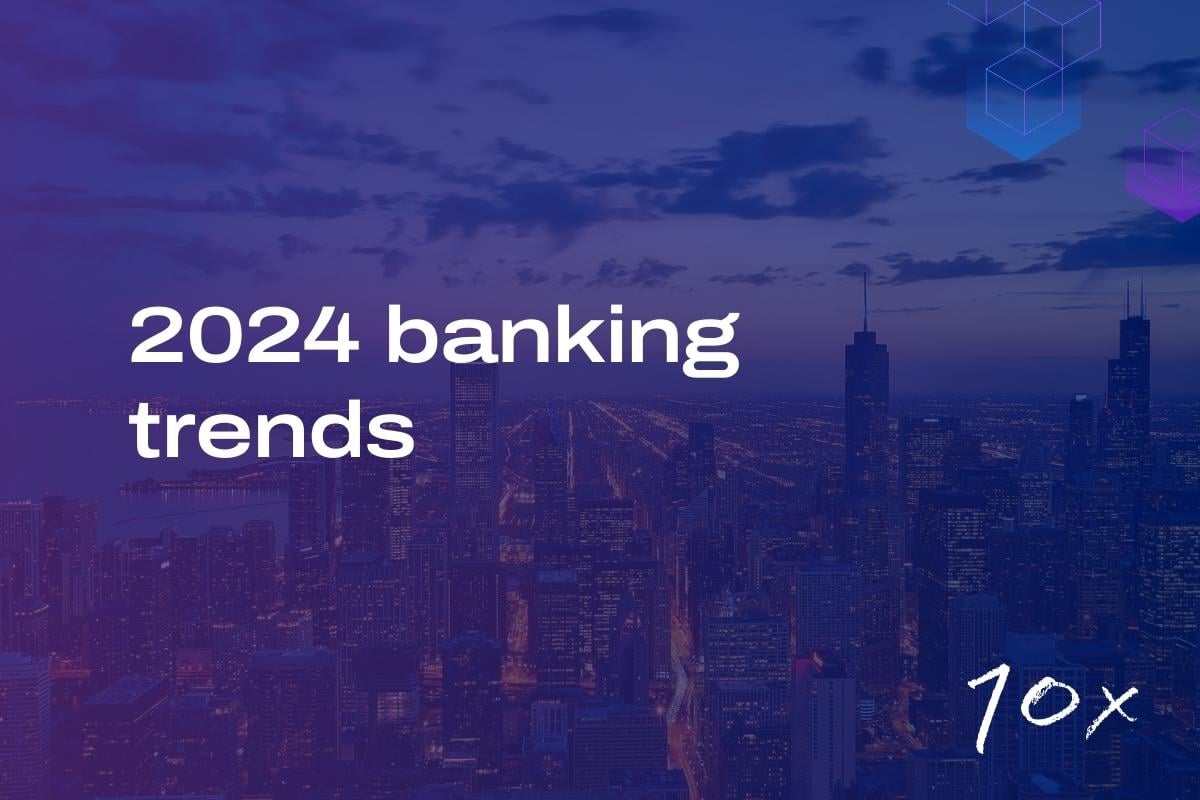There’s a lot going on in the world of financial technology. And one of the most exciting developments is the evolution of open banking.
In this guide, we’ll drill down into what some of the key terms mean, and how they impact the industry today.
What is open banking?
There is no universal definition of open banking. But generally, the common goal of open banking is to allow consumers to authorise regulated third party providers (TPPs) to access account data held by their Providers so that a service can be provided. The data disclosure between the account provider and TPP is completed securely using Application Programming Interfaces (APIs).
How did open banking begin?
The concept of open banking goes back over 40 years. In Europe and the UK, until Payment Services Directive II (PSD2) came into force, firms accessing customer data were unregulated and used screen scraping capabilities that required customers to share their online log-in credentials.
PSD2 required firms wishing to provide account information and payment initiation services to become regulated. All payment account providers in the EU/UK were also required to allow regulated firms to access the same level of account information as was available to the consumer via their online channels, and to allow payment initiation from the accounts.
At the same in the UK, to increase bank account competition, the Competition Markets Authority (CMA) required the largest 9 banks and building society to allow their customers to grant consent to regulated firms to access account information. This was momentous as it now meant that data supplied by the customer and created on their behalf was now owned and controlled by the customer rather than the financial services provider.
What is open finance?
Open finance is the next step on the journey from open banking. Instead of simply sharing data from payment account, the data available will cover all areas of finance. This means customers could connect their current accounts, savings accounts, mortgages and credit cards with their pensions, investments, insurance and other financial services too.
As we are seeing in Australia, consumers are now able to see all their banking data held by different financial providers in one easy-to-use dashboard. This will give all parties a complete financial picture, making for much more reliable insights.
What is open data?
The next step beyond open banking and open finance is open data. This means going beyond financial services. It’s connecting account data from other sectors such as energy / utility and telecommunications and in some countries it extends to personal health and government records as well.
The goal is that one day consumers and firms will be able to see their complete financial picture all in one place. Some people refer to this as “open data economies”.
What are the benefits of open banking, open finance, and open data?
Allowing consumers to grant access to regulated third parties to access their account data opens a universe of new opportunities, services and benefits.
Benefits for customers:
- Aggregated view of all their financial and non-financial accounts in one dashboard
- Better and more tailored product offerings
- Easier identification of opportunities to reduce expenditure and save money with the added advantage of moving the savings into the right savings products
- No need to provide personal information many times over
- Hassle-free paperless services
- Better oversight of all financial income and expenses allowing for instant application decisions rather than waiting days or weeks.
Benefits for banks who adopt open data beyond the compliance requirements:
- Holistic client information for credit checks and lending
- 360-degree client views for better campaigns and marketing
- Become more competitive with hyper-personalization
- The potential for revenue-driving partnerships
- Streamline costs and resources
- Faster time to market for new products.
Benefits for TPPs:
- Easier access to customers and potential customers
- More complete data to create insightful products
- Better potential to partner with banks and other TPPs
- Faster and more secure transactions
- Expanding globally becomes more achievable.
Of course, there are many more benefits that we have yet to see. Open finance is still in its infancy – especially when it comes to wealth management. And open data is one step further away. But things are moving quickly, and the concept and demand is gathering pace. As time goes on, more advantages will come to the surface.
One of the most critical and exciting benefits could be the impact on climate emissions and the environment. If banks and wealth managers can use open data to incentivize more sustainable decisions from customers, we could reach our planetary goals.
What are the risks around open banking, open finance, and open data?
While the regulations are in place to protect customers, there is always the risk of unscrupulous players misusing data. Another risk is that cyber-criminals could seek to access a customers’ financial history or seek to make payments from their bank account.
Customer security was added as a priority to PSD2 and the UK Open Banking standards for this reason. And only regulated firms are permitted to access customer data and to initiate payments.
While hacks and attacks remain a risk, fintech are working every day to prevent them. In other areas, however, open banking is much safer than traditional security methods from legacy technology.
Plus, across the globe regulators continue to scrutinize banks and financial services to help ensure the safety of customers.
What does embedded finance have to do with open banking?
Embedded finance is the process of integrating financial services into customer journeys.
This has a lot to do with open banking (as well as open finance and open data). It’s one of the most important ways that open banking can evolve and work in practice. Using the very same APIs, banks can embed their products into other platforms – known as Banking-as-a-Service, or BaaS.
When banks and financial services take advantage of embedded finance and BaaS, many things become possible. They can operate as a B2B2C company, bringing in significant revenue while saving on marketing costs. And they can forge excellent partnerships with TPPs with large and loyal customer bases. A great example of this in action is the partnership of Australia’s oldest bank WestPac and the successful Buy Now Pay Later (BNPL) service AfterPay.
With open banking and embedded finance, banks can do more with less. And customers get the very best of both worlds.



